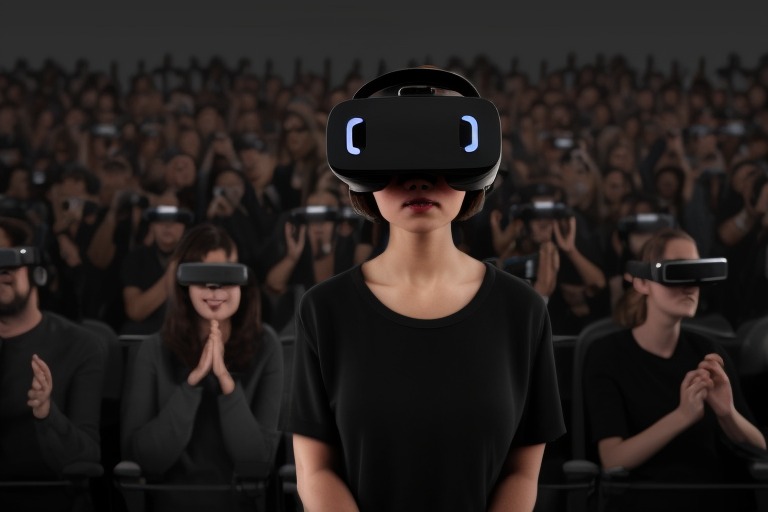Gamification, the application of game-like elements and principles to non-game contexts, has emerged as a powerful tool in education and training. In this article, we explore how gamification is revolutionizing these fields, enhancing engagement, motivation, and learning outcomes.
Gamification in Education
Redefining Learning Experiences
Traditional classroom methods often struggle to engage students effectively. Gamification introduces elements like points, badges, and leaderboards, turning learning into a more interactive and competitive experience. This shift redefines how students perceive and approach their studies.
Boosting Motivation
Gamification taps into intrinsic and extrinsic motivators. It provides instant feedback, rewards achievement, and sets clear goals, motivating students to complete tasks and master new concepts. The feeling of accomplishment keeps learners engaged.
Gamification Techniques and Tools
Points and Rewards
Points systems offer a simple yet effective way to gamify education. Students earn points for completing assignments, answering questions correctly, or participating in discussions. These points can be redeemed for rewards, creating a sense of achievement.
Badges and Achievements
Badges serve as visible markers of accomplishment. Students earn badges for reaching specific milestones or demonstrating skills. Badges can be displayed on profiles, motivating learners to collect them all.
Gamification in Training
Effective Employee Training
In the corporate world, employee training is crucial. Gamification makes training more engaging and memorable. Interactive scenarios, quizzes, and simulations create an immersive learning experience. Employees are more likely to retain and apply what they’ve learned.
Real-World Applications
Gamification isn’t limited to the classroom or office. It has found applications in fields like healthcare, where medical professionals use gamified simulations to practice surgery or diagnose patients, enhancing their skills and confidence.
Benefits of Gamification
Improved Engagement
One of the primary benefits of gamification is increased engagement. Learners of all ages are naturally drawn to games, and gamified learning experiences capture and hold their attention. This leads to higher participation and completion rates.
Enhanced Learning Outcomes
Gamification promotes active learning. Learners must think, make decisions, and solve problems to progress in the game. This process leads to better comprehension and retention of information.
Tailored Learning Paths
Gamification allows for personalized learning paths. Learners can choose activities or quests that align with their interests or learning pace. This flexibility ensures that education and training are more effective for each individual.
Challenges and Considerations
Design and Implementation
Effective gamification requires thoughtful design and implementation. Poorly designed gamified elements can lead to disengagement or frustration. Educators and trainers must carefully plan and execute their gamification strategies.
Over-Gamification
Overuse of gamified elements can have the opposite effect, causing learners to focus more on the rewards than the actual content. Striking the right balance is essential to ensure that gamification enhances the learning or training experience.
Future Trends in Gamification
Augmented Reality (AR) and Virtual Reality (VR)
The integration of AR and VR in gamification will provide immersive learning experiences. Learners can explore historical settings, conduct virtual experiments, or practice real-world skills in a safe, virtual environment.
Data-Driven Personalization
Advancements in data analytics will enable educators and trainers to tailor gamification elements to each learner’s preferences and abilities. This level of personalization will optimize engagement and learning outcomes.
Conclusion
The impact of gamification on education and training is undeniable. By harnessing the motivational power of games, educators and trainers can create more engaging, effective, and personalized learning experiences. As technology continues to evolve, the future holds even more exciting possibilities for gamification, ensuring that education and training remain at the forefront of innovation.
